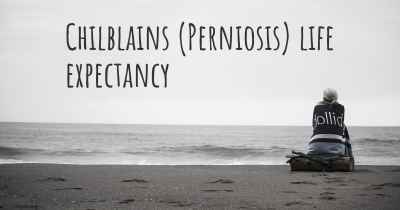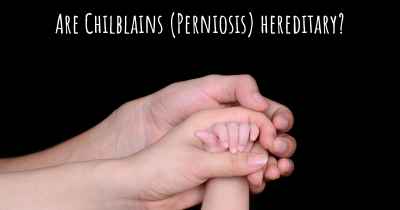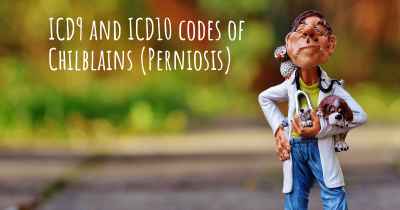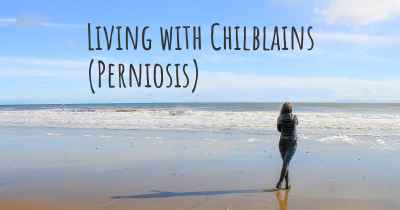How are Chilblains (Perniosis) diagnosed?
See how Chilblains (Perniosis) are diagnosed. Which specialists are essential to meet, what tests are needed and other useful information for the diagnosis of Chilblains (Perniosis)
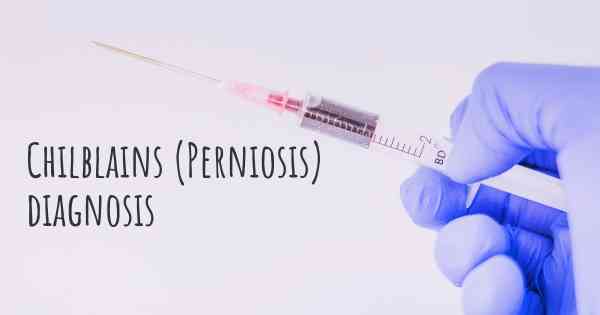
Chilblains, also known as perniosis, are a condition characterized by the development of small, itchy, red or purple bumps on the skin. They typically occur on the extremities, such as the fingers, toes, heels, and ears, and are caused by an abnormal reaction to cold temperatures.
Diagnosing chilblains usually involves a thorough examination of the affected areas by a healthcare professional. The diagnosis is primarily based on the characteristic appearance of the skin lesions and the patient's history of exposure to cold or damp conditions.
Medical history: The doctor will inquire about the patient's symptoms, including the presence of red or purple bumps, itching, pain, and any recent exposure to cold or wet environments. They may also ask about any underlying medical conditions or medications that could contribute to the development of chilblains.
Physical examination: The healthcare provider will carefully examine the affected areas, looking for the typical signs of chilblains. They may observe the presence of red or purple bumps, swelling, blisters, or skin ulcerations. The examination may also involve assessing the temperature and texture of the skin.
Eliminating other conditions: Since chilblains share similarities with other skin conditions, such as frostbite, Raynaud's disease, or lupus, the doctor may need to rule out these possibilities. This can be done through a combination of physical examination, medical history, and sometimes additional tests.
Additional tests: In some cases, the healthcare provider may order certain tests to confirm the diagnosis or to rule out other underlying conditions. These tests may include blood tests, skin biopsies, or imaging studies, depending on the individual case and suspected causes.
It is important to consult a healthcare professional for an accurate diagnosis and appropriate management of chilblains. Self-diagnosis based solely on symptoms is not recommended, as other conditions may present with similar symptoms.
